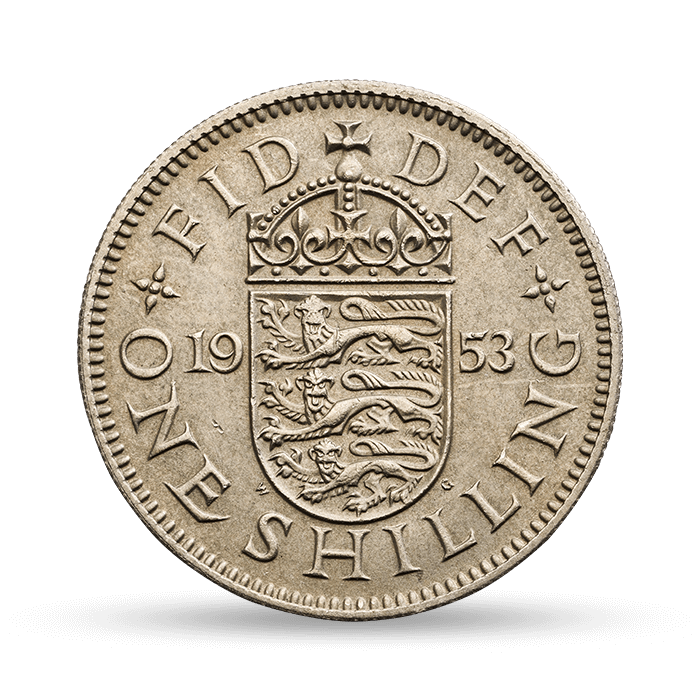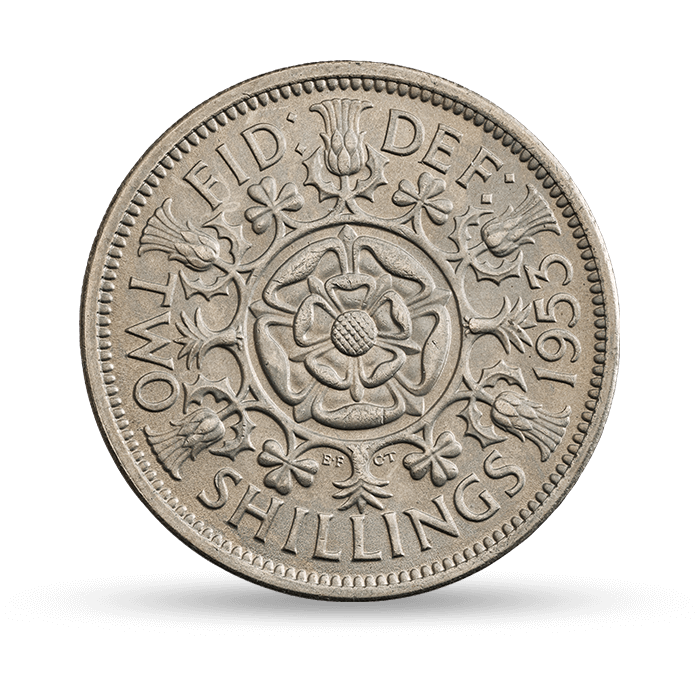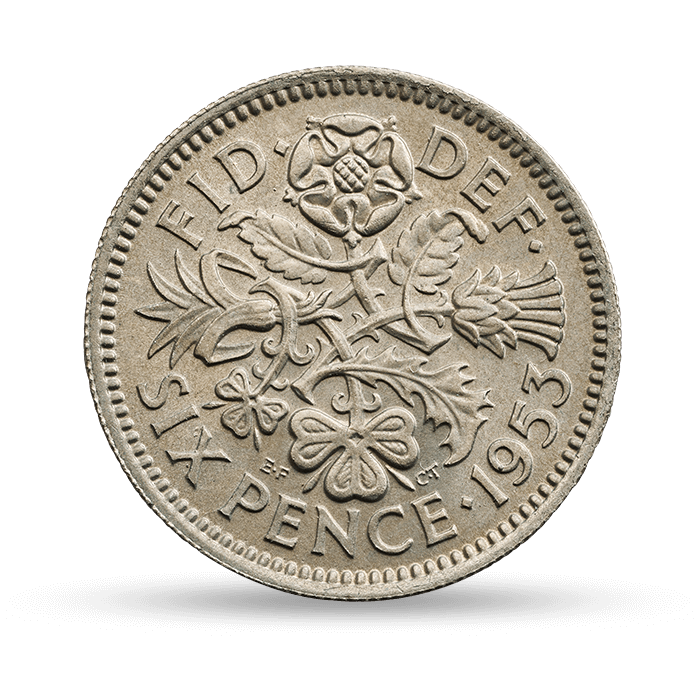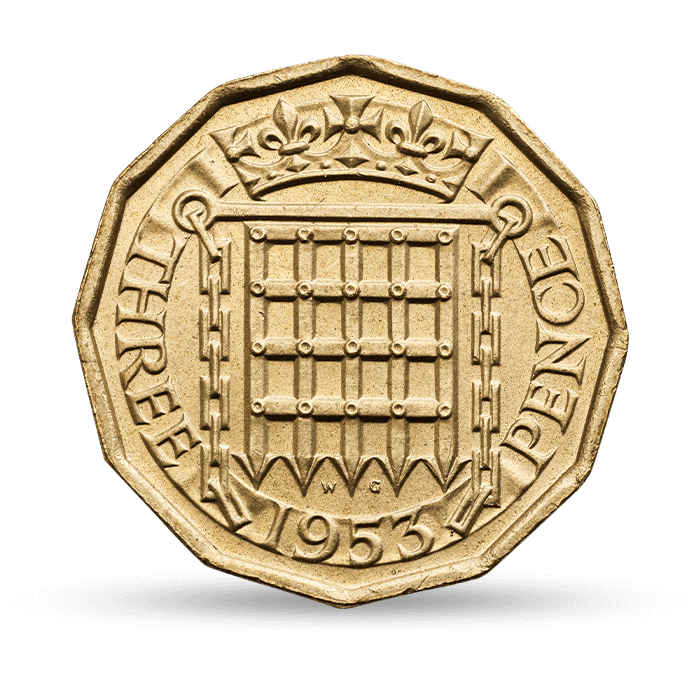Coin Names and Their Nicknames
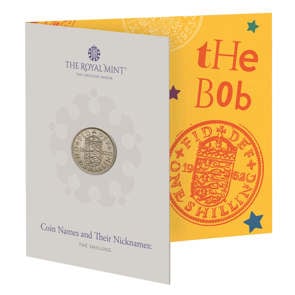
Coin Names and Their Nicknames: The Shilling
Extremely Fine Condition
Price: £10.00
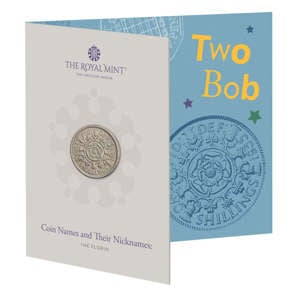
Coin Names and Their Nicknames: The Florin
Extremely Fine Condition
Price: £10.00
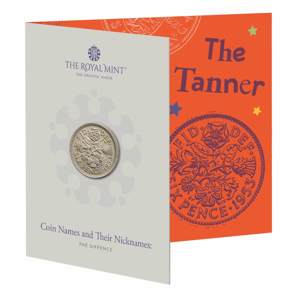
Coin Names and Their Nicknames: The Sixpence
Extremely Fine Condition
Price: £10.00
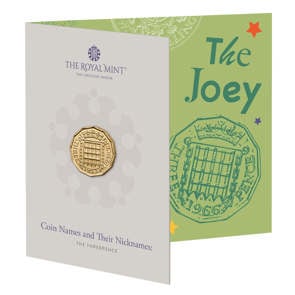
Coin Names and Their Nicknames: The Threepence
Extremely Fine Condition
Price: £10.00
Bob
Over time, the shilling became known as a ‘bob’, although quite why remains a mystery. There have been attempts to link its name to the famous politician Sir Robert Walpole, who reduced the rate of land tax to just one shilling in every pound. However, ‘bob’ also referred to a set of changes rung on church bells, which may explain the nickname because the word ‘shilling’ has its origins in the proto-Germanic word ‘skell’, meaning ‘ring’.
Florin
In 1344, Edward III attempted to introduce a gold florin, a coin that took its name from the ‘fiorino d’oro’, an Italian gold coin used by merchants throughout Western Europe. Intended for the same purpose, it was underweight for its value of six shillings and was quickly withdrawn. Inspired by Dutch and Austrian florins, the silver florin that appeared in the mid-nineteenth century had no connection to the earlier gold coin.
Tanner
Eventually, the sixpence acquired the friendly nickname ‘tanner’, but quite how this came about is something of a mystery. Some attribute it to John Sigismund Tanner (1705–75), a former Chief Engraver of The Royal Mint who engraved sixpence tooling during the reign of George II (r. 1727–60), whilst another theory is that the name comes from the Anglo-Romani word ‘taw no’ meaning ‘small one’.
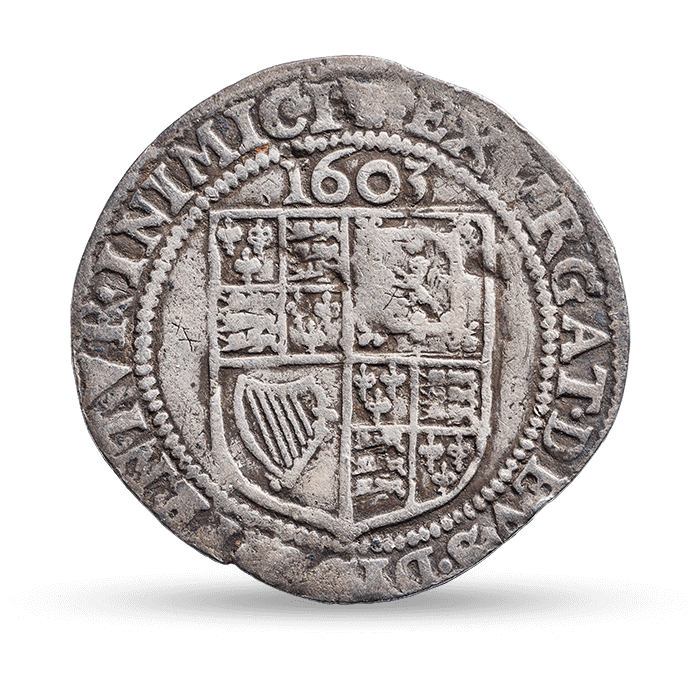
Bender
A sixpence was also known as a bender because back when it was a thin silver coin, it could literally be bent out of shape; this was sometimes done with amorous intent as these misshapen coins were commonly exchanged as ‘love tokens’. With inflation, beer is rather more expensive today than the days when a single sixpence was more than enough to enjoy a lively drinking session in a local tavern, which might help explain the expression ‘going on a bender’.

Thrupenny Bit/Joey
Many know the threepence as a ‘thrupenny bit’, while the coin is also referred to as a ‘joey’. It seems ‘joey’ was originally a term for the silver fourpence, which the radical politician Joseph Hume reintroduced in the 1830s as he wanted more small change in circulation. This angered cab drivers because receiving the exact fare meant they couldn’t pocket a tip. When the fourpence was demonetised, the nickname appears to have transferred to the threepence.
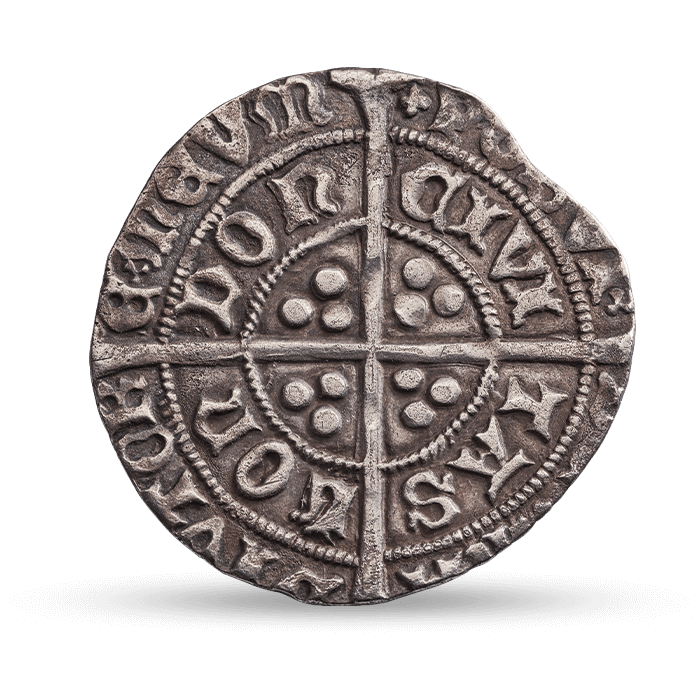
Groat
A mainstay of medieval coinage, the groat was worth four pennies. The name appears to come from the Dutch ‘groot’, which means ‘great’, and refers to the coin’s large size. The word gave rise to several expressions, most of which have fallen out of use, but the groat’s strong association with the Middle Ages means it frequently appears in fantastical and historical literature.






